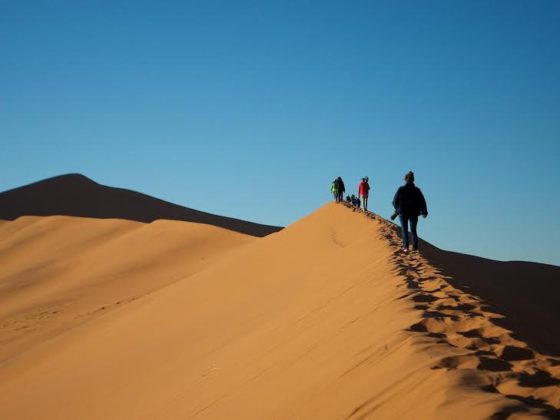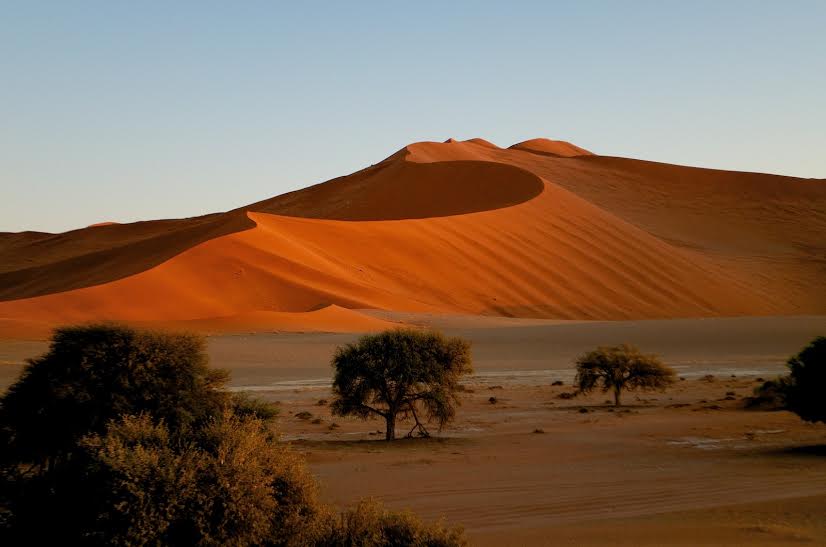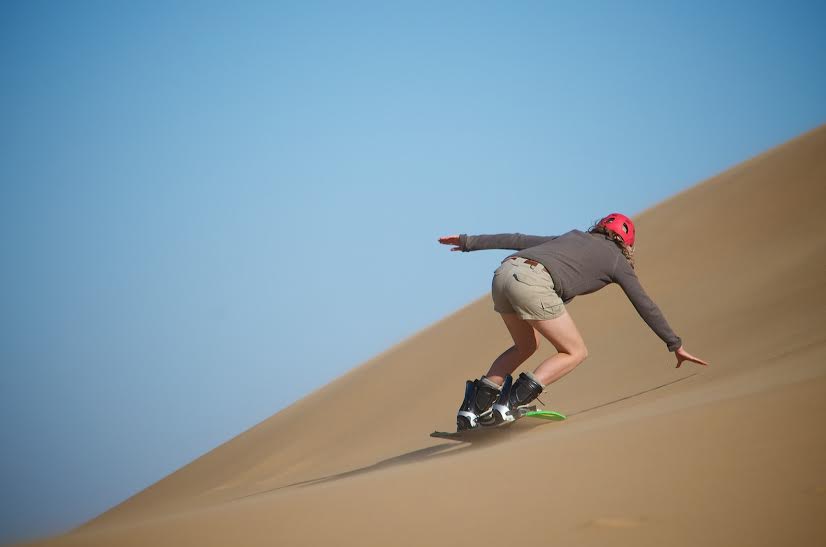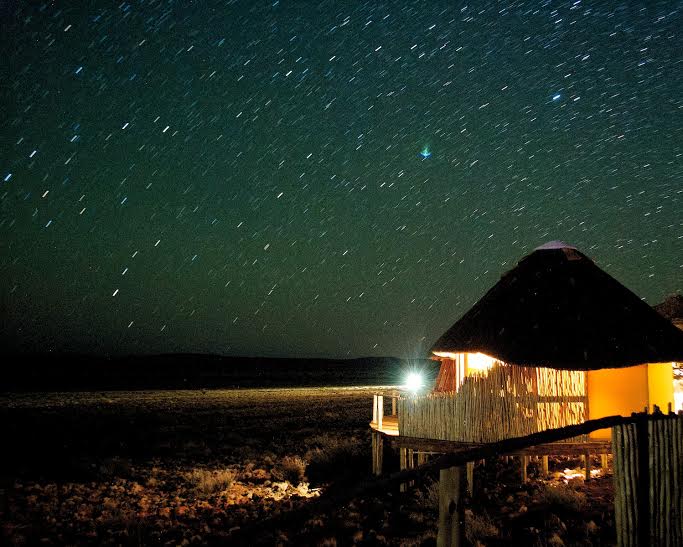Whether it’s protecting delicate desert ecosystems and endangered wildlife or preserving important cultural traditions, Namibia is a global leader for responsible travel and conservation. With an annual growing number of 1.5 million travelers to Namibia, its involvement with responsible tourism is vital for a positive impact on the environment, economy, culture, and resources.
Here’s how Namibia is nailing sustainable tourism:



